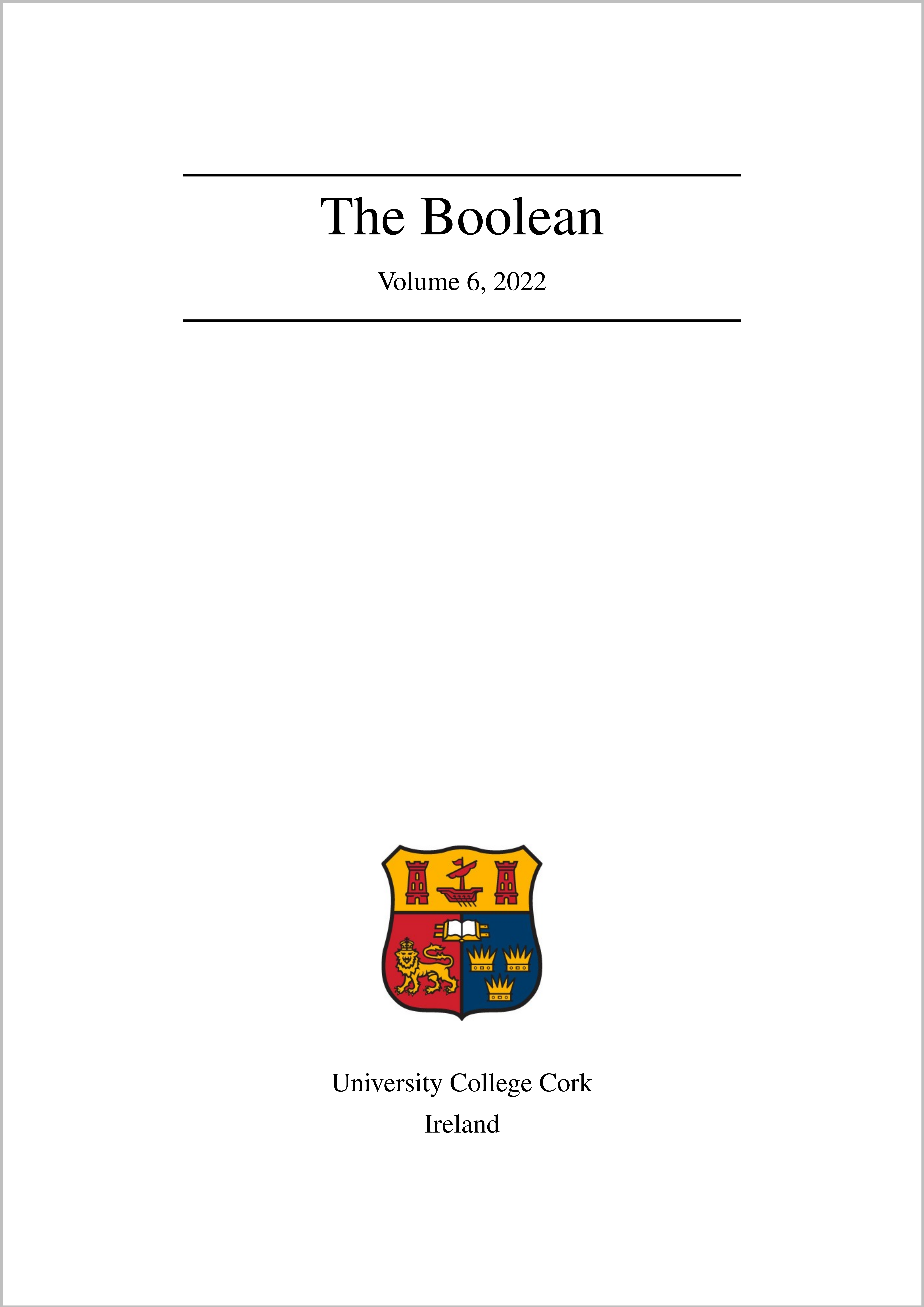“And then things clicked” – Developing a Measure of Asexual Identity Development
DOI:
https://doi.org/10.33178/boolean.2022.1.21Keywords:
Psychometrics, Identity Development, Internalisation, Gender, SexualityAbstract
Asexuality is best defined as a lack of sexual attraction towards other people that is not explained by a physical or psychological disorder. Like homosexuality and bisexuality, asexuality is recognised as a minority sexual orientation, with approximately 1.05% of the population (70 million) believed to be asexual. Recent research suggests that asexual people experience heightened levels of anxiety and depression when compared to both their heterosexual (i.e., straight) and non-heterosexual (i.e., lesbian, gay and bisexual) peers. This may be as a result of negative attitudes held towards asexual people, and a lack of recognition of asexuality as a legitimate sexual orientation. My research comprises of the steps taken to develop a psychometric tool to identify aspects of asexual identity development and internalisation. This will provide a theoretical foundation to inform sex education as well as the application of theory and knowledge within clinical settings to better evaluate the processes contributing to such heightened levels of depression and anxiety amongst asexual individuals.
References
Anthony F Bogaert. Asexuality: Prevalence and associated factors in a national probability sample. Journal of Sex Research, 41(3):279–287, 2004.
Lee Anna Clark and David Watson. Constructing validity: Basic issues in objective scale development. 2016.
Sinéad Kelleher and Mike Murphy. Asexual identity development and internalisation: a thematic analysis. Sexual and Relationship Therapy, pages 1–29, 2022.
Sinéad Kelleher and Mike Murphy. The identity development and internalization of asexual orientation in women: an interpretative phenomenological analysis. Sexual and Relationship Therapy, pages 1–31, 2022.
Sinéad Kelleher, Mike Murphy, and Xin Su. Asexual identity development and internalisation: a scoping review of quantitative and qualitative evidence. Psychology & Sexuality, pages 1–28, 2022.
D Betsy McCoach, Robert K Gable, and John P Madura. Instrument development in the affective domain, volume 10. Springer, 2013.
Sagar Sharma and Monica Sharma. Self, social identity and psychological well-being. Psychological studies, 55(2):118–136, 2010.
Diana D Suhr. Exploratory or confirmatory factor analysis? 2006.
Peggy A Thoits. Self, identity, stress, and mental health. In Handbook of the sociology of mental health, pages 357–377. Springer, 2013.
Sandra KM Tsang, Eadaoin KP Hui, and Bella Law. Positive identity as a positive youth development construct: A conceptual review. The Scientific World Journal, 2012, 2012.
Brett Williams, Andrys Onsman, and Ted Brown. Exploratory factor analysis: A five-step guide for novices. Australasian journal of paramedicine, 8(3), 2010.
MA Yule, LA Brotto, and BB Gorzalka. Mental health and interpersonal functioning among asexual individuals. Psychology & Sexuality, 4(2):136–151, 2013.
Downloads
Published
Issue
Section
License
Copyright (c) 2022 Sinead Kelleher

This work is licensed under a Creative Commons Attribution-NonCommercial-NoDerivatives 4.0 International License.



